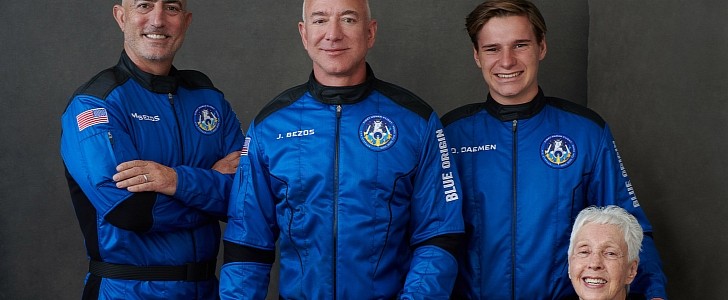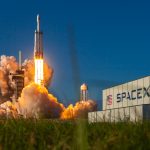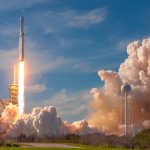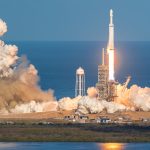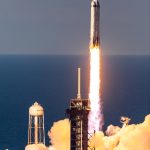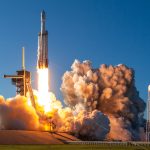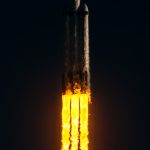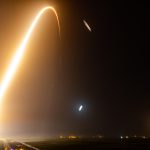Catharine Tunney 22 hrs ago
The federal government is promising to resettle more Afghan interpreters and other workers who helped the Canadian Armed Forces during the war — people now in danger of being killed by a resurgent Taliban.
Today, Immigration Minister Marco Mendicino and his cabinet colleagues announced the launch of a new resettlement program for interpreters who worked with the Canadian Armed Forces, cooks, drivers, cleaners, construction workers, security guards and locally engaged staff employed at the Canadian embassy in Afghanistan, and their family members.
During the war, Afghan interpreters worked with Canadian troops to connect them with local leaders, translate conversations and help them build trust on the ground.
Considered traitors by some in their country, translators say they live in fear of being attacked or killed. Some have received phone calls and letters threatening death or disfigurement for themselves and their families.
Ahmad Malgarai worked as an interpreter for the Canadians for just over a year, starting in 2007.
He lives in Canada but fears for members of his family who are still in danger from the Taliban.
"Our families are facing this threat today and facing this ruthless, savage enemy because we choose to serve with the Canadian forces side by side," he told CBC News.
"They can just kidnap one member of a family and they're going to ask you to come forward. If not, they're going to kidnap two or three and then they're going to keep executing and giving you a deadline to show up."
In 2009, Canada offered refuge to approximately 800 interpreters fearing for their lives in Afghanistan, but the program had restrictive criteria. Two-thirds of the Afghans who applied for refuge were turned away, according to figures compiled by The Canadian Press.
To qualify under the old program, the advisers had to demonstrate they worked for Canadian troops, diplomats or contractors for 12 consecutive months between October 2007 and July 2011.
That excluded a lot of interpreters. Canada first deployed special forces troops to Afghanistan in the fall of 2001, followed by a battle group in 2002 and then a mission in Kabul before Canadian soldiers returned to Kandahar in 2006.
The new criteria would be based on applicants' "significant and/or enduring relationship with the government of Canada," says a government news release.
"It is not a precondition that their family members played the same role that the Afghans have, in part because they too have been targeted very deliberately by the Taliban [with] intimidation, violence and even death," said Mendicino.
"We have tried to take an approach here that is inclusive and in full recognition of the contributions of those Afghans who have helped Canada in that region for the better part of 20 years."
Malgarai called Friday's announcement ambiguous.
"It's not clear. It does not have any clear mandate and clear process so that you can start thinking about or going that route," he said.
"We do not need a lip service. We need action because the danger is real."
Ottawa said applicants also have to meet other admissibility requirements, such as security, criminal and health screenings. The federal government says processing timelines will be expedited.
Citing privacy and safety concerns, government officials aren't saying how these Afghans will be evacuated, or when — although Mendicino said his department will begin processing individuals "immediately."
Mendicino said that he expects "several thousand" Afghans will be eligible to come to Canada under the new program.
Friday's announcement follows mounting pressure from former generals, veterans, politicians and others for government action.
'Unconscionable' delay: NDP
Conservative Leader Erin O'Toole said the government should have made this announcement weeks ago.
"The Americans made it clear that they would be leaving Afghanistan months ago, and the rise of the Taliban was an expected result. Instead of putting forward a plan to help the heroic Afghan interpreters, support staff, and their families, the Trudeau Liberals sat on their hands and did nothing," he said in a statement Friday.
"It's quite disappointing that these Afghans who saved the lives of our men and women in uniform were an afterthought to this Liberal government."
Federal NDP defence critic Randall Garrison, who worked in Afghanistan for Amnesty International before entering politics, also attacked the government's timelines.
"It's unconscionable that a decade later we are still here," he said in a statement.
"These collaborators, who played a vital role, have been abandoned for a decade without the support they desperately needed to find safety in Canada, and deserve better. Countless interpreters and vital staff, along with their families, have been living in danger while the Liberals dragged their feet."
Canadian military involvement in Afghanistan formally ended in 2014.
VIDEO
Federal government says Afghan interpreters' families may be able to resettle in Canada
Duration: 01:59
Thousands of Afghan interpreters and others who helped Canada's military during the war now face retribution from a resurgent Taliban. The federal government has promised to help resettle them and their families but as the danger grows, details remain vague.



